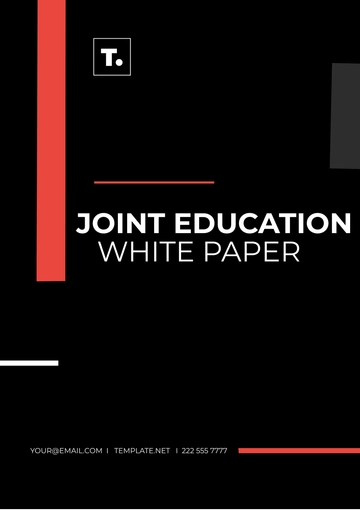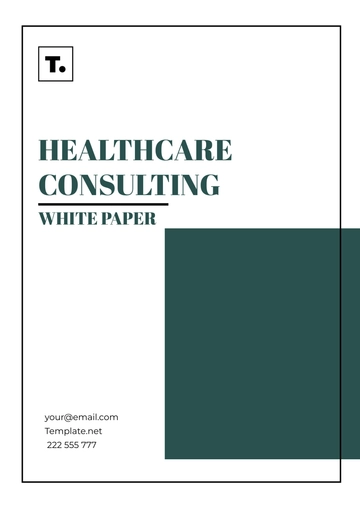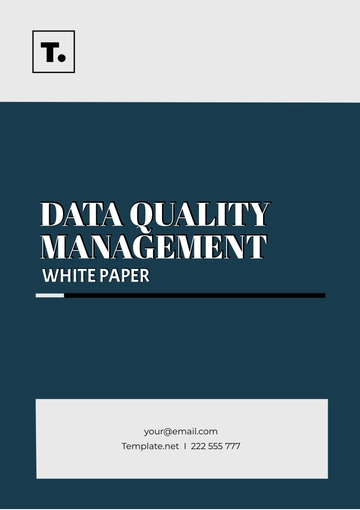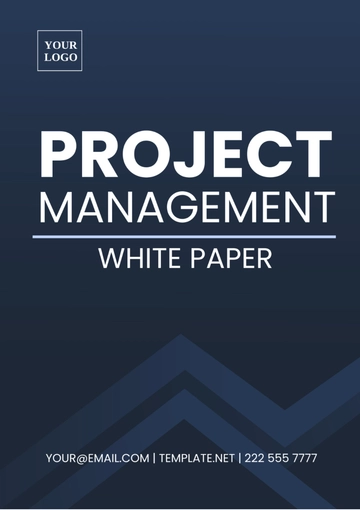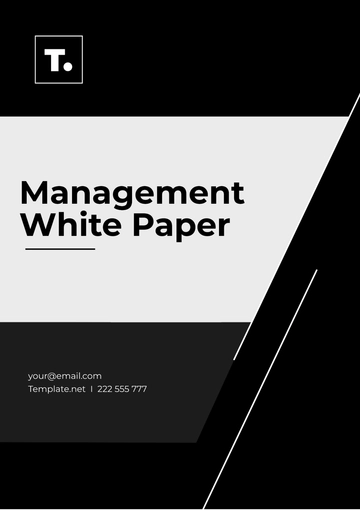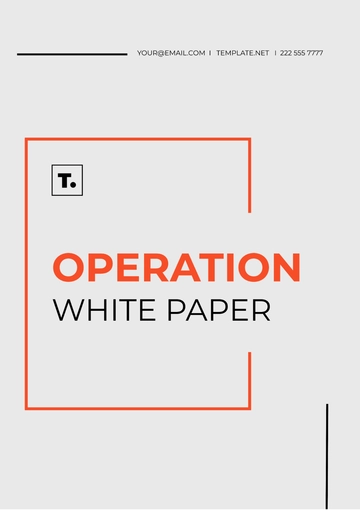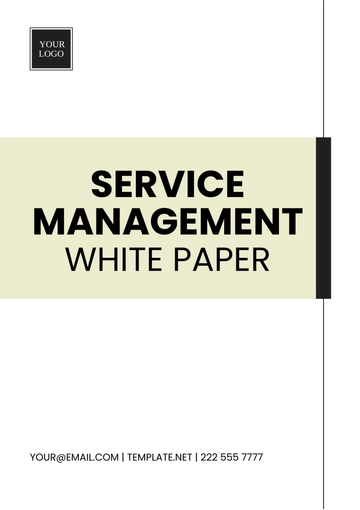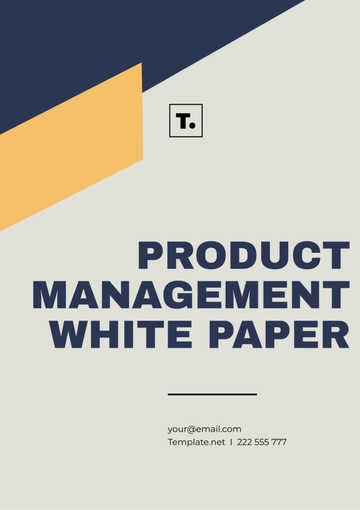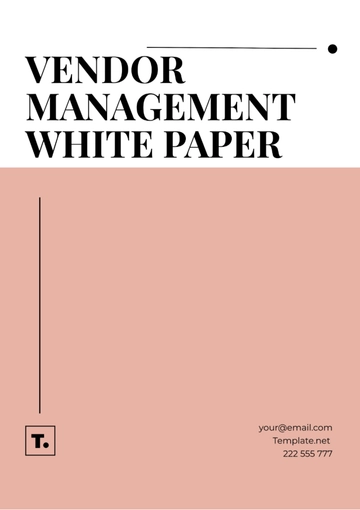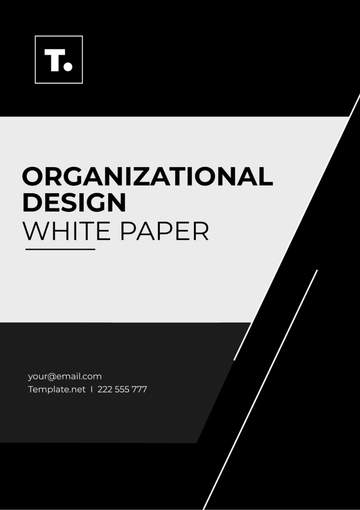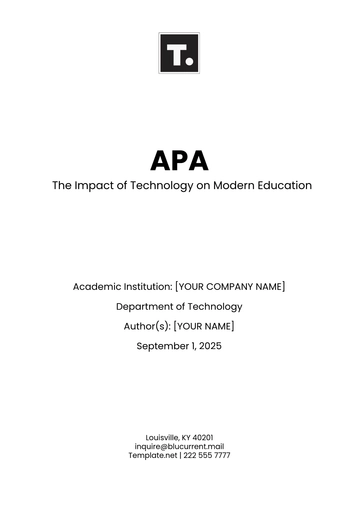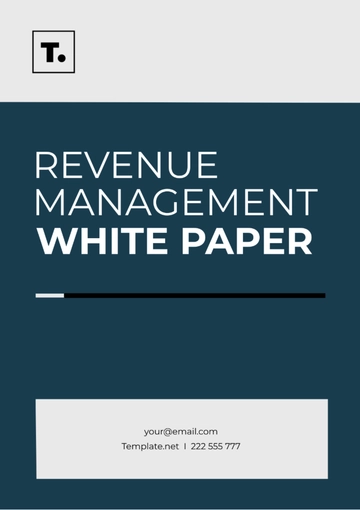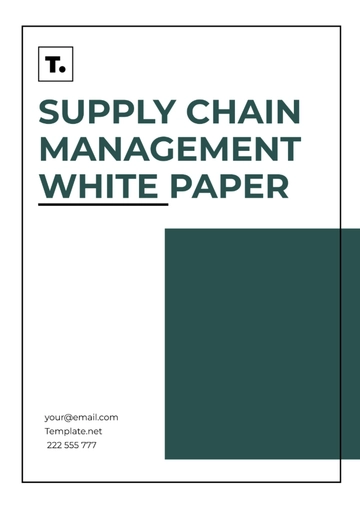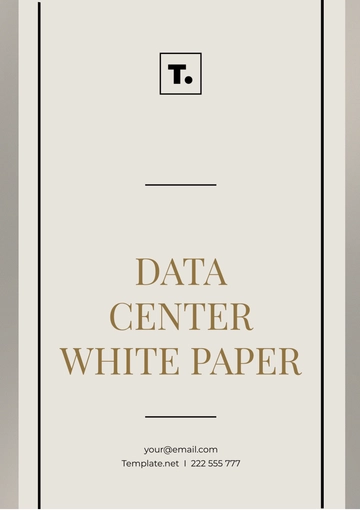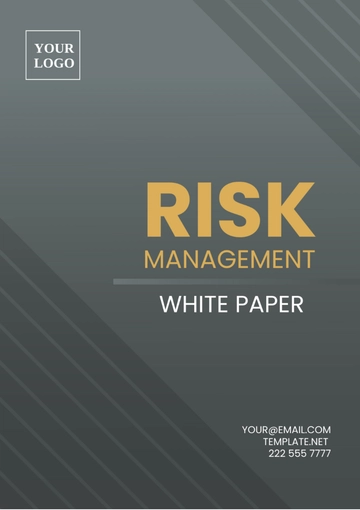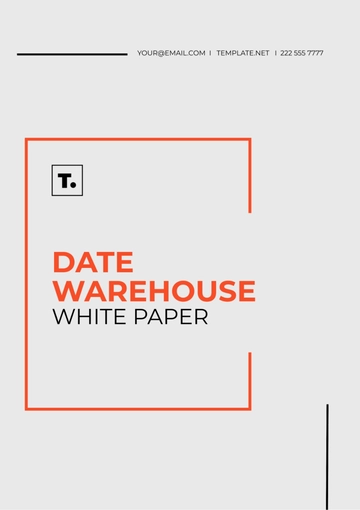Free Aviation White Paper
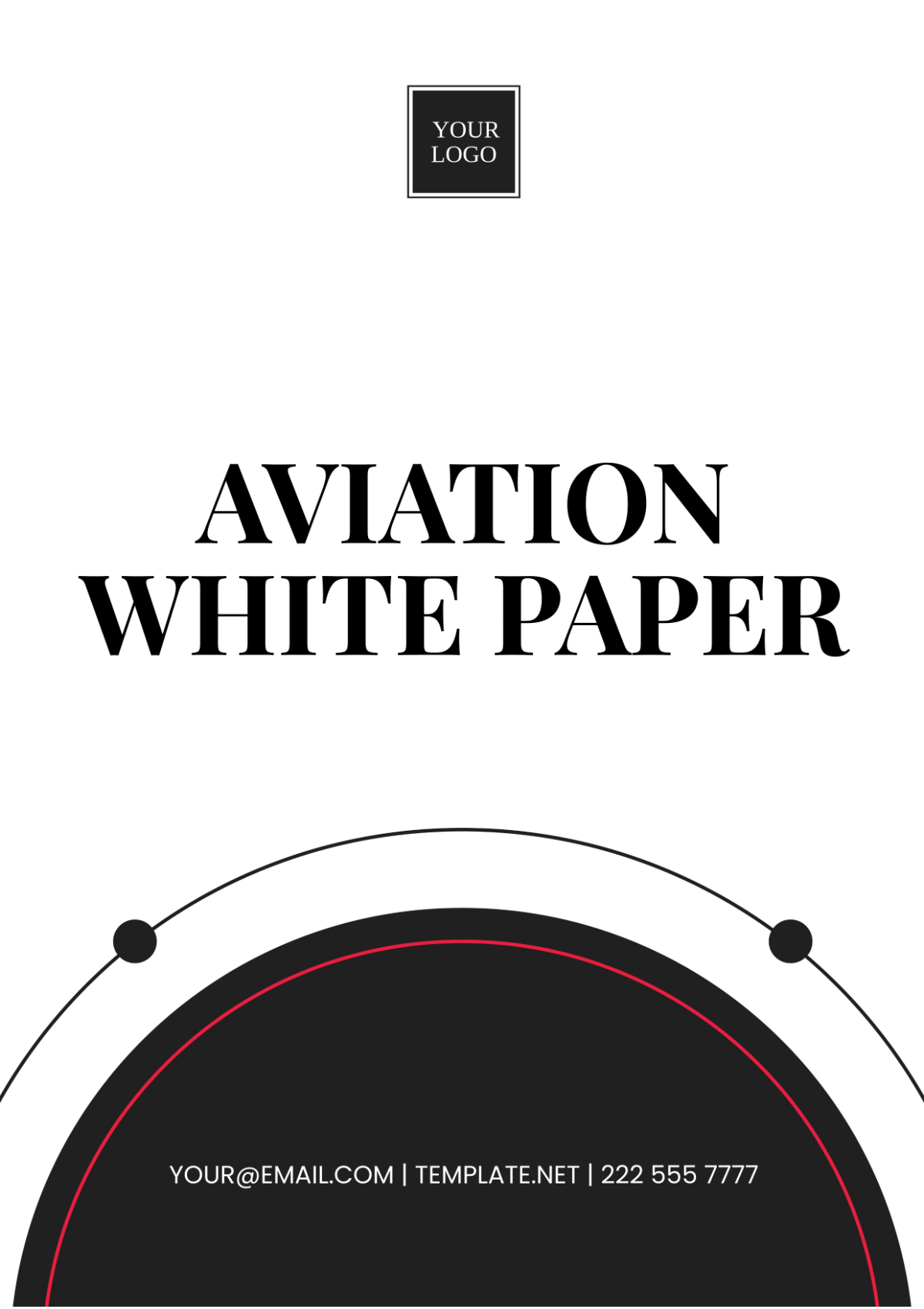
Date: [DATE]
Company: [YOUR COMPANY NAME]
Department: [YOUR DEPARTMENT]
I. Introduction
In the dynamic and swiftly evolving world of aviation, The company remains dedicated to nurturing a culture of excellence and promoting environmental sustainability. This white paper is designed to function as an exhaustive resource, offering detailed insights into the current challenges, prevailing trends, and groundbreaking innovations that are shaping the landscape of the aviation industry at present.
II. Executive Summary

A. Overview
Aviation, which plays a crucial role as a core foundation of global interconnectedness, is presently facing a wide variety of challenges as well as opportunities. This specific section provides a summary of the main insights that have been comprehensively analyzed in this white paper.
B. Key Findings
Identify safety standards, technological advancements, environmental considerations, and market dynamics as pivotal factors shaping aviation's trajectory.
C. Recommendations
Based on the analysis presented herein, strategic planning, risk assessment, and proactive decision-making are imperative for sustainable growth and operational excellence in the aviation sector.
III. Industry Landscape
A. Current Challenges
Economic Uncertainty: Fluctuating economic conditions impacting investment and demand.
Regulatory Compliance: Complex and costly adherence to safety and environmental regulations.
Infrastructure Constraints: Limitations in the airport and air traffic systems causing inefficiencies.
B. Emerging Trends
Sustainable Aviation Fuel (SAF) Adoption: Shift towards eco-friendly fuel options to reduce carbon footprint.
Digital Transformation: Utilizing technology to improve operations and passenger experiences.
Enhanced Passenger Experience: Personalized services and amenities to improve travel satisfaction.
C. Market Dynamics
Competitive Landscape: Intense competition based on pricing, service, and brand.
Market Segmentation: Targeting specific customer groups for tailored services.
Growth Projections: Forecasts based on economic, regulatory, and technological factors.
IV. Safety Standards:
Regulatory Framework: Describes the regulatory bodies overseeing aviation safety, including the International Civil Aviation Organization (ICAO), Federal Aviation Administration (FAA), and European Aviation Safety Agency (EASA).
Technological Advancements: Highlights advancements in aircraft technology, avionics systems, and predictive maintenance solutions aimed at enhancing safety.
V. Technological Innovations
Unmanned Aerial Vehicles (UAVs): Discusses the applications of UAVs in surveillance and cargo delivery, along with the regulatory considerations surrounding their use.
Blockchain Technology: Explores the use of blockchain for enhancing supply chain transparency and implementing smart contracts for maintenance records.
VI. Environmental Considerations
Climate Change Impacts: Addresses the aviation industry's contribution to climate change and strategies for reducing carbon emissions, including initiatives for sustainable aviation fuel (SAF).
Noise Pollution Mitigation: Discusses measures for mitigating aircraft noise pollution through noise abatement procedures and community engagement efforts.
VII. Market Dynamics
Global Market Analysis: Analyzes regional variations in passenger demand and trends in the freight market.
Competitive Landscape: Examines the dynamics of airline alliances, the impact of low-cost carriers on the industry, and the outlook for business aviation.
VIII. Conclusion

In conclusion, this white paper elucidates the intricate tapestry of challenges and opportunities shaping the aviation industry. By embracing innovation, adhering to safety standards, and championing environmental stewardship, [Your Company Name] aims to lead the industry toward sustainable growth and excellence.
- 100% Customizable, free editor
- Access 1 Million+ Templates, photo’s & graphics
- Download or share as a template
- Click and replace photos, graphics, text, backgrounds
- Resize, crop, AI write & more
- Access advanced editor
Enhance and Discover the Aviation White Paper Template by Template.net - a meticulously crafted resource tailored for aviation enthusiasts. This editable and customizable template empowers you to effortlessly draft comprehensive white papers. Seamlessly edit in our Ai Editor Tool, ensuring your content soars to new heights of professionalism and clarity. Elevate your aviation projects today.
